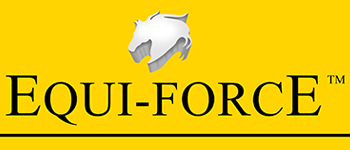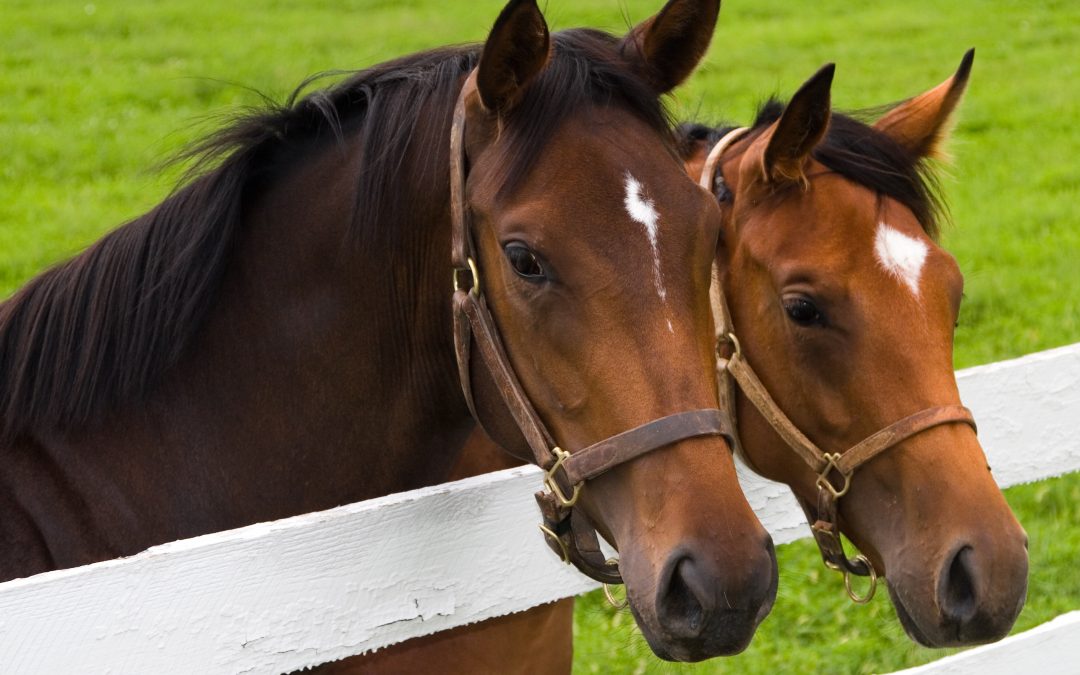Looking through and examining the many types of equine feed available in today’s market can be an overwhelming and frustrating experience. Textured, processed, complete, what does it all mean? In order to pick out the best and correct feed for your horse’s nutritional needs, a basic understanding of the terms used to define commercial equine feed is crucial.
Commercial Feed Classification:
Equine feeds are broken down into four general classes:
- Textured concentrates (traditionally referred to as “sweet feed”)
- Processed concentrates (pelleted or extruded)
- Complete Feeds containing forage and concentrate
- Supplements (protein, vitamin, and mineral)
Textured
Textured concentrates are composed of grains mixed with molasses. More contemporary textured feeds may also contain forage or roughage products and higher fat to help replace starch calories with fiber and fat calories. Grains may be whole or processed (crimped, cracked, rolled or flaked) to improve digestibility. This mix may be fortified with a vitamin, mineral and protein pre-mix to provide all necessary nutrients and to compliment the forage portion of the diet.
Traditional sweet feeds cause changes in blood sugar levels in horses, which has been linked to excitability, metabolic, growth and exercise related disorders. Using textured feeds that contain beet pulp, alfalfa meal or soybean hulls and vegetable oils is a safer, more appropriate way to feed textured feeds to all classes of horses.
Processed Concentrates
Pelleting and extruding are two methods of processing concentrate products which help improve digestibility and intake. Pelleted feeds also make it harder for horses to sort nutrients that they find distasteful. Extruded feeds are processed under extreme pressure that expands the feed nugget. Both processes help to make starch more digestible by exposing more of the surface of the granule to digestive enzymes in the stomach and small intestine.
Pelleted and extruded feeds contain little molasses, are easy to handle in winter, and do not attract flies in warm months. They have a much longer and more stable shelf life as compared to sweet feeds.
Complete Feeds
Complete feeds contain ingredients from concentrate and forages which are combined into one product. Complete feeds are typically used only when forage quality is poor or unavailable, or when medical conditions dictate, such as a geriatric horse with poor dentition or a horse with allergies. Soluble fibers such as beet pulp, alfalfa meal, rice bran, and soy hulls elevate the fiber content of a complete feed. Due to their high fiber content, complete feeds contain less energy than concentrate mixes and can be fed at a much higher level of intake.
Supplements
Protein, vitamins, and mineral supplements are designed to be fed with unfortified concentrate mixes, when poor quality forages are fed or when trying to achieve a slower growth rate in young horses without compromising quality of growth. They also work well in diets of overweight individuals that do not need calories from a concentrate. Please see our previous blog post, Vitamin and Mineral Supplements – Beware of the “Kitchen Sink” for more information about situations in which to provide additional vitamin and mineral supplementation.
Take Home Message
Each type of commercial feed varies in their processing, the nutrients they contain, and suitability, which is heavily based on your horses nutritional needs. While these feed classification explanations provide some insight into what you read on a feed tag or feed bag, be sure to consult an equine nutritionist if you have difficulty assessing what feed would work best for your horse’s situation.
This blog post was originally posted on Wednesday, April 23rd, 2012 at Equine Nutrition and Health Services Blog. Blog article was re-posted with permission from blog owner, all rights reserved.

